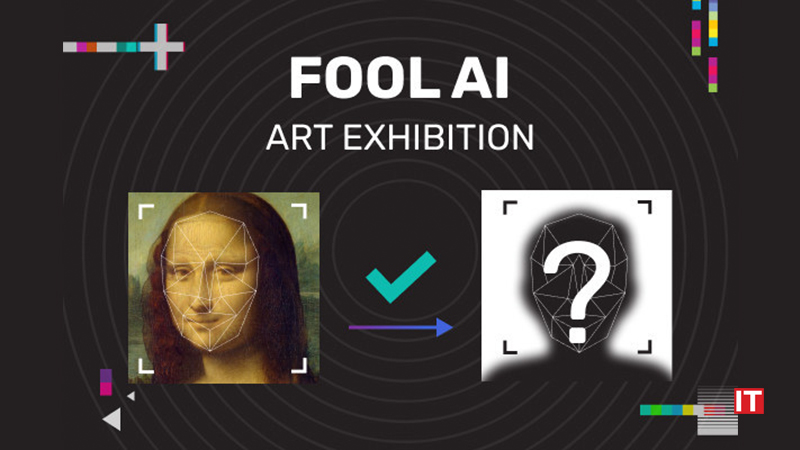Adversa AI, the leading Israeli startup focused on adversarial AI, has launched a virtual unconventional Art Exhibition dedicated to International Fool’s Day. It includes paintings which deceive artificial intelligence. The exhibition is made up of 100 “Mona Lisa” portraits. All look almost original for people, though the most popular open-source AI-driven facial recognition model recognizes them as 100 different celebrities.
While looking at the same picture, AI and humans can identify different people, characteristics of gender, age, hair colors, and even races. This can be done because of the biases and security vulnerabilities of AI called adversarial examples. Such examples can be used by cybercriminals to hack facial recognition systems, autonomous car’s, medical imaging, financial algorithms, or any other AI technology. The Adversa AI Red Team was guided by this idea and the desire to draw public attention to the security as well as the widespread and easy-to-exploit vulnerabilities of AI.
Also Read: Wells Fargo Expands Adoption of nCino to Transform Small Business Banking Experience
“We just wanted to have some fun on April Fool’s Day and at the same time remind people that AI technologies which we believe can make our life easier may be tricked the same way as humans. It’s our duty to make them more secure, trustworthy, and responsible,” added Alex Polyakov, CEO of Adversa AI.
This is supposed to be the world’s first piece of art, in which humans and AI can see completely different things saved as NFT, just like digital artwork.
Reminding of a similar kinder-egg feature, it gives an additional motive for visitors to dive into the topic of the security of AI and learn who exactly each “Mona Lisa” turns into with the help of the popular open-source facial recognition model and even buy the one they liked more and own the world first digitized copy of art which AI and human see differently.
































